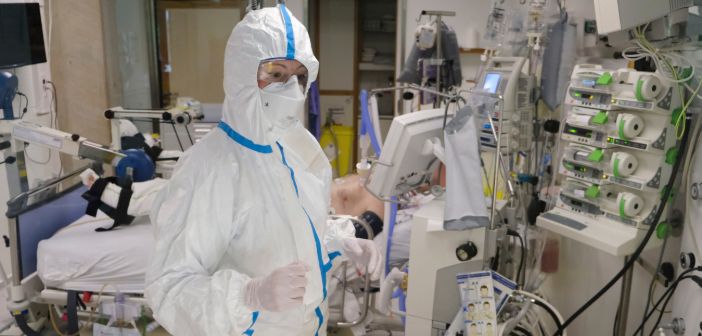Researchers at Imperial College London have used AI to predict the trajectory of Covid-19 patients in intensive care units (ICUs).
According to the study, machine learning tools can identify which patients might get worse and not respond positively to proning – a technique in which the patient is turned onto their front to improve oxygenation of the lungs.
While the AI model was used on a retrospective cohort of patient data collected during the pandemic’s first wave, the study demonstrates the ability of AI methods to predict patient outcomes using routine clinical information used by ICU medics.
The researchers explain the approach, where each patient’s data were analysed day-by-day instead of only on admission, could be used to improve guidelines in clinical practice going forward.
Clinical science lead Dr Brijesh Patel, from Imperial’s Department of Surgery and Cancer and senior intensivist at Royal Brompton Hospital, said: “Most studies look at the health of a patient on admission to ICU, and whether they were discharged or sadly died.
“In ICU there is a huge amount of information that we use at the bedside to manage patients on a day-by-day basis, and our study focuses on how the patients’ state changed daily.
“This helped focus our attention on which specific parameters matter the most, and how the importance of each parameter changes over time. This dynamic understanding is vitally important when trying to understand a new life-threatening disease and to know when and in whom each intervention works.”
Furthermore, this approach could be applied to potential future waves of the pandemic and other diseases treated in similar clinical settings.
Senior author and data science lead Aldo Faisal, director of Imperial’s UKRI Centre for Doctoral Training in AI for Healthcare, added: “More than one year on, we’re still learning how the course of Covid-19 affects the body, and how this can change day-by-day.
“Data science and the daily data feeds from ICUs across the country help us learn much faster how best to treat individual patients based on their daily symptoms and needs.”








